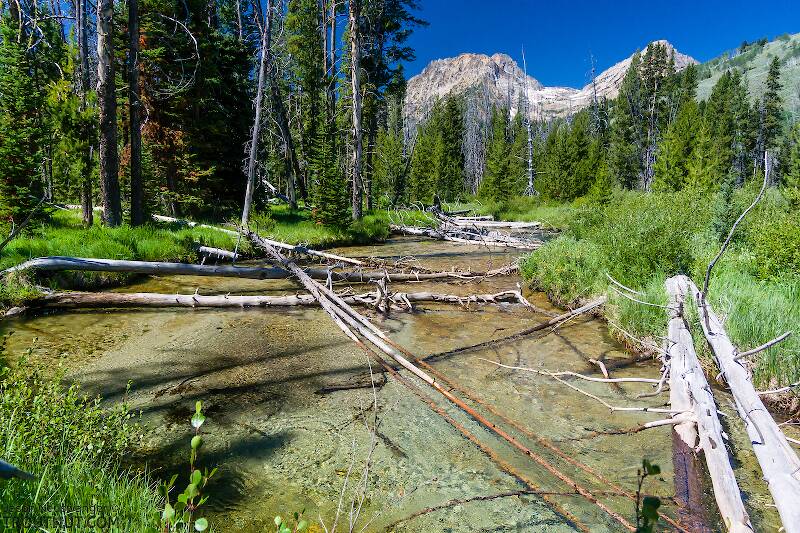
Salmonflies
Pteronarcys californica
The giant Salmonflies of the Western mountains are legendary for their proclivity to elicit consistent dry-fly action and ferocious strikes.


Stonefly Species Haploperla brevis (Sallflies)
Species Range
Physical description
Most physical descriptions on Troutnut are direct or slightly edited quotes from the original scientific sources describing or updating the species, although there may be errors in copying them to this website. Such descriptions aren't always definitive, because species often turn out to be more variable than the original describers observed. In some cases, only a single specimen was described! However, they are useful starting points.
Adult
6 mm. Greenish yellow. Head a little broader than thorax, antenna with basal third yellowish beyond black. Prothorax with a fuscous stripe on each side margin, once and one-half as long as broad, barely broader in front, angles rounded, scarcely rugose; tarsi slightly fuscous. Wings nearly hyaline, with greenish veins, crossveins at end of discal cells disjointed, the upper fork of radial sector is not as long as the pedicel beyond these crossveins (in one specimen it is just as long), three crossveins between vein Cu1 and vein Cu2.
Start a Discussion of Haploperla brevis
References
- Banks, N. 1895. New Neuropteroid Insects. Transactions of the American Entomological Society 22(3): 313-316.
- Jacobus, L. M., Wiersema, N.A., and Webb, J.M. 2014. Identification of Far Northern and Western North American Mayfly Larvae (Insecta: Ephemeroptera), North of Mexico; Version 2. Joint Aquatic Science meeting, Portland, OR. Unpublished workshop manual. 1-176.
- Merritt R.W., Cummins, K.W., and Berg, M.B. 2019. An Introduction to the Aquatic Insects of North America (Fifth Edition). Kendall/Hunt Publishing Company.
Stonefly Species Haploperla brevis (Sallflies)
Species Range
Common Names
Resources
- NatureServe
- Integrated Taxonomic Information System
- Global Biodiversity Information Facility
- Described by Banks, N. (1895) New Neuropteroid Insects. Transactions of the American Entomological Society 22, 313–316.

